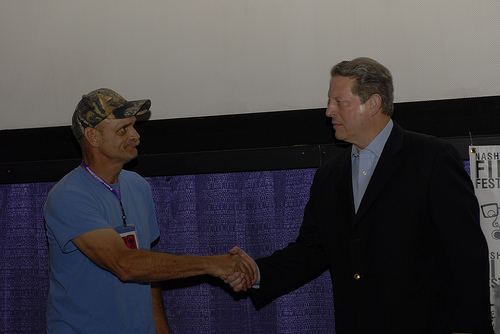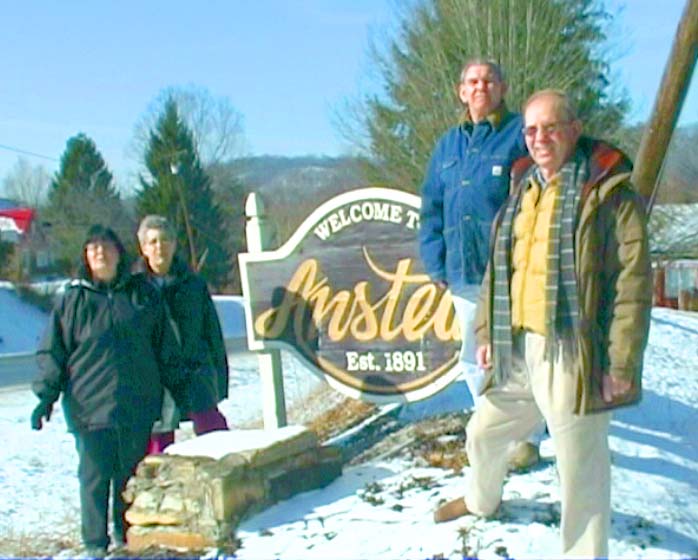 Until the mid-twentieth century, Ansted, West Virginia was a bustling coal camp. In 1950, the coal company that operated the local mine pulled out, leaving the community with a sense of economic depression. In the years that followed, residents banded together and re-inspired a pride in their mountain region, eventually rebounding the local economy through a thriving tourism industry.
Until the mid-twentieth century, Ansted, West Virginia was a bustling coal camp. In 1950, the coal company that operated the local mine pulled out, leaving the community with a sense of economic depression. In the years that followed, residents banded together and re-inspired a pride in their mountain region, eventually rebounding the local economy through a thriving tourism industry.
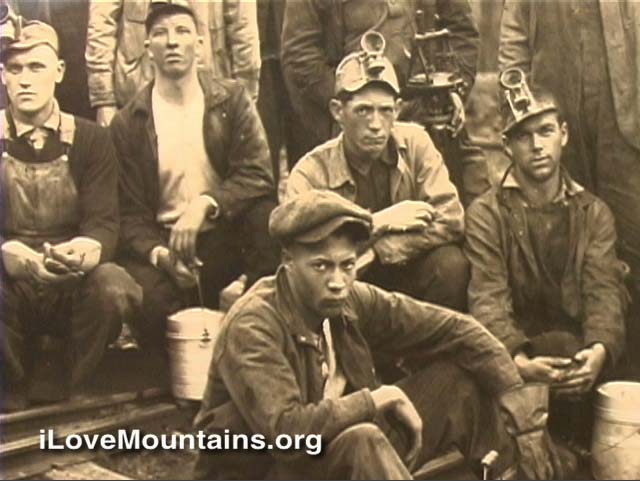 The town of Ansted and surrounding Fayette County possess an abundance of natural and historical resources. The region boasts the stunning confluence of the New and Gauley Rivers at the head of the New River Gorge, one of the most beautiful sights on the Eastern seaboard. The county also hosts the watershed of these rivers, as well as stunning views of the New River Gorge and Kanawha County. Visitors from all over visit Fayette County to paddle and fish the local rivers and hike mountain trails. Bald eagles and Peregrine falcons soar across regions of hardwood forest rich with fauna and flora. And prime farmland and natural springs still provide food and water to the local communities.
The town of Ansted and surrounding Fayette County possess an abundance of natural and historical resources. The region boasts the stunning confluence of the New and Gauley Rivers at the head of the New River Gorge, one of the most beautiful sights on the Eastern seaboard. The county also hosts the watershed of these rivers, as well as stunning views of the New River Gorge and Kanawha County. Visitors from all over visit Fayette County to paddle and fish the local rivers and hike mountain trails. Bald eagles and Peregrine falcons soar across regions of hardwood forest rich with fauna and flora. And prime farmland and natural springs still provide food and water to the local communities.
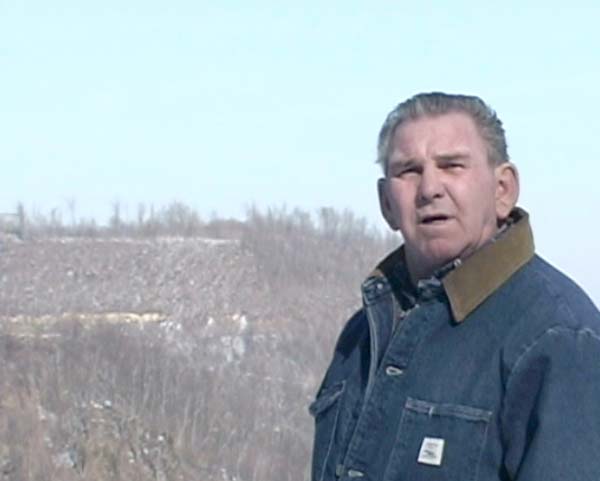 Father Roy Crist, the missioner of the New River Episcopal Ministry, became involved with efforts to save mountains when the county received an application for a mining permit on the backside of Gauley Mountain near the Gauley River and New River National Parks. Since mining began, the National Park Service noted no less than 16 violations of water quality. As mining continued, trout populations ‘coincidentally’ dwindled in Rich Creek, which drains the new mine sites on Gauley Mountain.
Father Roy Crist, the missioner of the New River Episcopal Ministry, became involved with efforts to save mountains when the county received an application for a mining permit on the backside of Gauley Mountain near the Gauley River and New River National Parks. Since mining began, the National Park Service noted no less than 16 violations of water quality. As mining continued, trout populations ‘coincidentally’ dwindled in Rich Creek, which drains the new mine sites on Gauley Mountain.
Local residents, including Father Crist and Cary Huffman, a retired coal miner, formed the Ansted Historic Preservation Council to protect the local mountains and streams from potential mountaintop removal. Signs of exploration and road construction have residents concerned about plans for more mountaintop removal.
As Father Crist explains, “People say coal mining is a part of our history, and yes, it is. But destroying the mountains by blowing the tops off of them is not a part of our history.”
And Cary Huffman, a retired coal miner, says that “if the coal companies take it away by taking the top off these mountains, filling in the valleys, shutting down our water supply… there’ll be nothing here for our kids in the future. They will have to leave.”
3) Endangered: The Story of Gauley
Take a few minutes to watch the lastest installment of the series — then, forward the video on to all your friends and family who love our nation’s mountains and rivers, and ask them to join us in standing up to end mountaintop removal coal mining.
In the video, you’ll hear what the locals have to say about Big Coal’s plans to blow the top off of Gauley Mountain.
4) Featured Activist
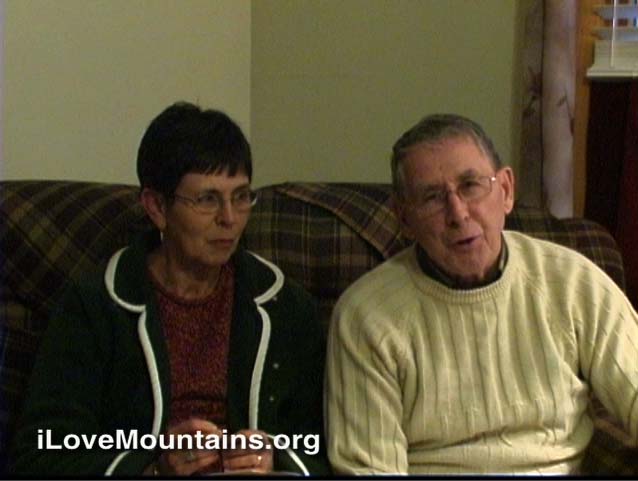 Father Roy Crist, the missioner of the New River Episcopal Ministry, became involved with efforts to save mountains when the county received an application for a mining permit on the backside of Gauley Mountain, near the Gauley River and New River National Parks. Local residents, including Father Crist and Cary Huffman, a retired coal miner, formed the Ansted Historic Preservation Council to protect their community’s mountains and streams from potential mountaintop removal.
Father Roy Crist, the missioner of the New River Episcopal Ministry, became involved with efforts to save mountains when the county received an application for a mining permit on the backside of Gauley Mountain, near the Gauley River and New River National Parks. Local residents, including Father Crist and Cary Huffman, a retired coal miner, formed the Ansted Historic Preservation Council to protect their community’s mountains and streams from potential mountaintop removal.
As Father Crist explains, “People say coal mining is a part of our history, and yes, it is. But destroying the mountains by blowing the tops off of them is not a part of our history.”
To support Father Crist, Cary Huffman and their community, contact: Ansted Historical Preservation Council, SaveGauleyMtn@gmail.com
5) Mountain Music of the Week:
One of my favorite new old-time artists, the Crooked Jades perform “Let it Show” live, complete with dobro, jaw-harp, and…milk jug? If you like this, I recommend their album “World’s on Fire.”
The Crooked Jades are on a mission to reinvent old-world music for a modern age, pushing boundaries and blurring categories with their fiery, soulful performances. Innovative, unpredictable and passionate, they bring their driving dance tunes and haunting ballads to rock clubs, festivals, traditional folk venues and concert halls across America and Europe.
And I had to include this old picture from Anstead…
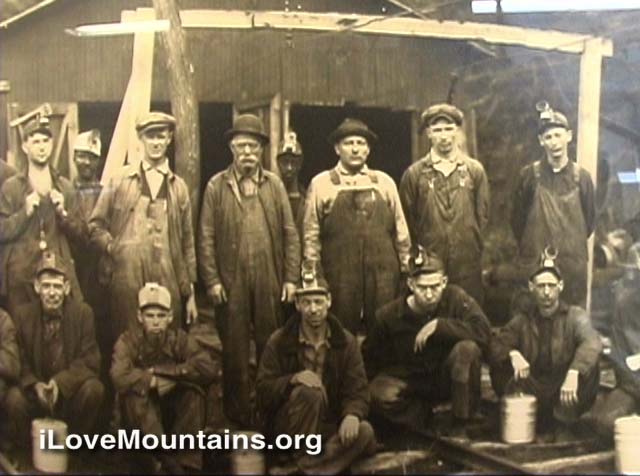
Thats it for this week!
peace,
JW





 But now, thanks to citizen activists, the blogosphere, and environmentally conscious Americans throughout the land, there is now a much more powerful thing than “science” telling us that we have no choice but to get off coal in the next decade.
But now, thanks to citizen activists, the blogosphere, and environmentally conscious Americans throughout the land, there is now a much more powerful thing than “science” telling us that we have no choice but to get off coal in the next decade. 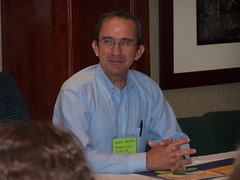 David Beaty, Fentress County, TN
David Beaty, Fentress County, TN It doesn’t always occur to us that our electricity comes from somewhere.
It doesn’t always occur to us that our electricity comes from somewhere. Pistello, a native Kentuckian, is the Founder, Executive Artistic Designer, and Producer for Headwater Productions, a Brooklyn based Production and Theatre Company. Headwater Productions describes themselves as “the artistic and civilian voice working to connect urban and rural communities who are challenging the implicit social law that the corporation’s rights to the land, air and water trump the people’s rights to the same. They create live events and collaborative workshops that depict and champion the cause of individuals in both urban and rural communities, working to preserve the health and vitality of their home places. Our work promotes the ideal that it is possible to steer the future of our planet in a direction that benefits us all and celebrates our common cultural background and development in America.”
Pistello, a native Kentuckian, is the Founder, Executive Artistic Designer, and Producer for Headwater Productions, a Brooklyn based Production and Theatre Company. Headwater Productions describes themselves as “the artistic and civilian voice working to connect urban and rural communities who are challenging the implicit social law that the corporation’s rights to the land, air and water trump the people’s rights to the same. They create live events and collaborative workshops that depict and champion the cause of individuals in both urban and rural communities, working to preserve the health and vitality of their home places. Our work promotes the ideal that it is possible to steer the future of our planet in a direction that benefits us all and celebrates our common cultural background and development in America.” Home is an invention on which no one has yet improved.
Home is an invention on which no one has yet improved. All you fledging hillbillies and nature-pickers better pick up the new copy of
All you fledging hillbillies and nature-pickers better pick up the new copy of 
